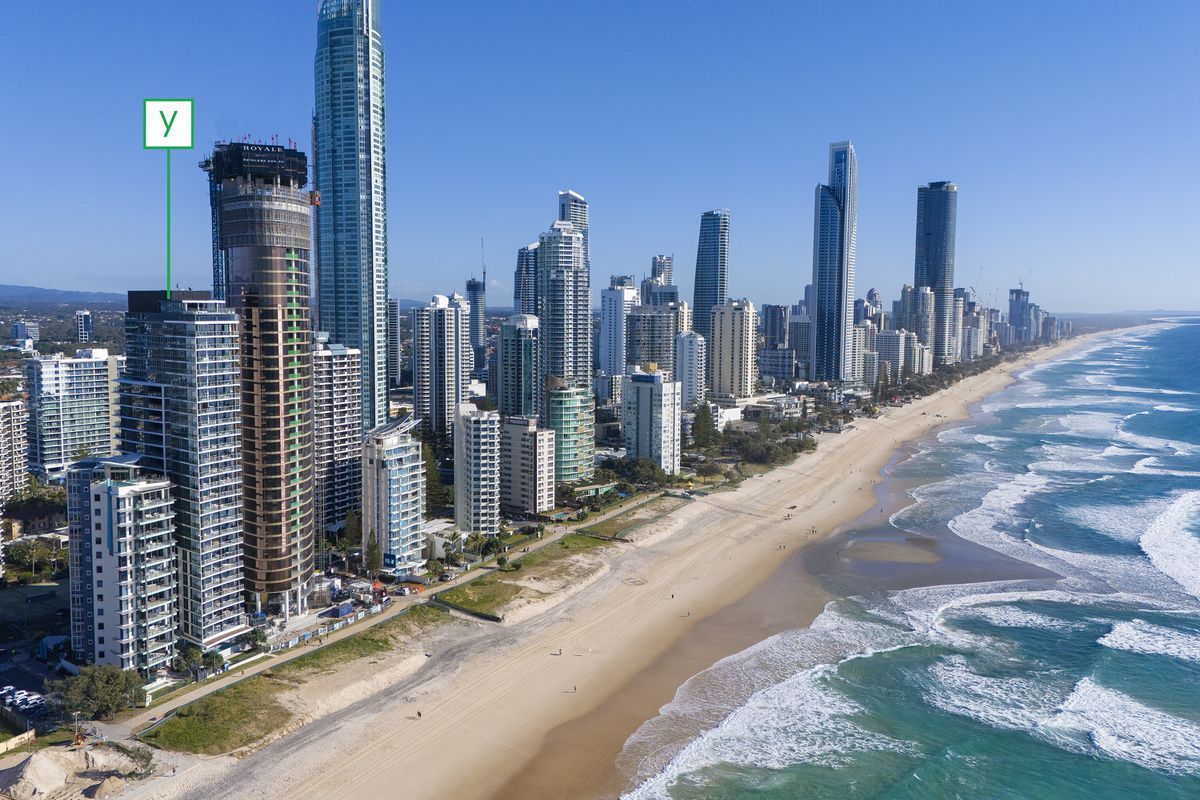Higher inflation begins to bite?
Higher inflation begins to bite?
As was widely expected, the June quarter Consumer Price Index shows inflation continues to run hot.
Though the June quarter CPI came in just under forecasters’ expectations at a headline level, the Reserve Bank’s preferred measure to watch – the trimmed mean underlying – was in line with consensus expectations.
Headline CPI rose 1.8% quarter-on-quarter, surging to 6.1% through the year, whilst the trimmed mean rose 1.5% quarter-on-quarter, bringing the increase 4.9% through the year. Clothing and footwear, food, furniture, housing, and fuel prices all rose strongly through the quarter.
Fruit and vegetable prices rose strongly due to the impact of east coast floods and fuel prices are higher with the surge in oil prices. The housing subcomponent also rose with soaring building costs.

The RBA will respond, with the board committed to “doing what is necessary” to overcome the challenge of high inflation and preserve credibility with respect to their inflation target. Another 50-basis point hike of the cash rate next week is all but guaranteed.
Digging into the CPI data more closely its clear price pressures are broadening, and supply chain issues are still in play.
It was also evident that non-discretionary price pressures have surged, which is likely to be a dampener on household spending on discretionary items. Non-discretionary price pressures encompass goods and services that are usually essential to households and therefore that households are less likely to reduce their consumption of. These are goods and services like food, fuel, housing, and healthcare.
This is where one of the key challenges for the economy lies moving forward. Interest rates are rising rapidly and inflation has surged, but adjusting for inflation, wages growth is in negative territory.
While households in aggregate have accumulated large savings and wealth buffers, sentiment has collapsed as cost-of-living pressures weigh.
The knock-on effect to household spending will be important to watch in coming months.
Already, retail sales data, also released by the Australian Bureau of Statistics this week, shows that perhaps the combined impact of cost-of-living pressures, rising rates, and weaker confidence are weighing. Although, it is too early to say definitively and it will also be important to look at retail volumes next week.
Retail sales rose 0.2% from May after the May change was revised lower, the softest rise in retail trade since a decline in December 2021.
The counterbalance as higher inflation bites is that the labour market is very tight, unemployment is at the lowest level since the 1970s, and job vacancies are at record highs. Though stronger wages growth is yet to materialise, we expect wages growth to continue to lift over the remainder of 2022 and through 2023. This will offset inflation pressures and rate rises to a degree.
This a key uncertainty moving forward – how households react, and how spending evolves as interest rates quickly climb, but alongside savings and wealth buffers, and hopefully stronger wages growth.
As interest rates have risen, home price growth has slowed Australia-wide, and prices have quickly begun to fall in some regions. But housing affordability will continue to decline as mortgage repayments become more expensive due to higher interest rates. The PropTrack Home Price Index shows national prices continued to fall in June and we expect a further downturn in the period ahead.
*Article written by Eleanor Creagh, Senior Economist, REA Group



